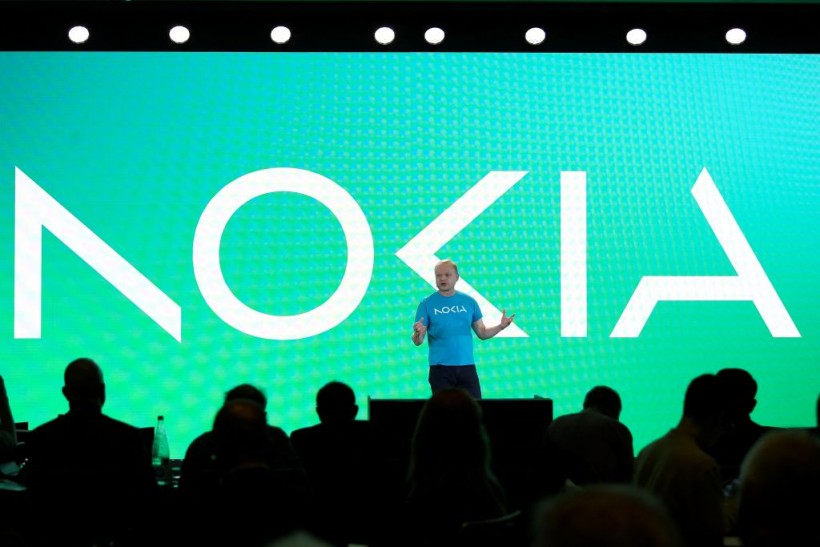Nokia officially announced its plans to offer 4G broadband on the moon later this year. It will be utilized as a part of NASA's Artemis program, which aims to establish a human presence on the lunar surface. The goal is to demonstrate that Earth networks can also handle future space missions' communication requirements.

Nokia's President and CEO, Finnish Pekka Lundmark, presents Nokia's new logo at the Mobile World Congress (MWC), the telecom industry's biggest annual gathering, in Barcelona on February 26, 2023.
4G Internet on the Moon
Nokia is already planning to deploy 4G internet on the Moon for NASA's Artemis program, which is not scheduled to return humans to the Moon until at least 2025.
In 20920, Nokia stated that it had been chosen by NASA to create the first cellular network on the Moon. The Finland-based telecommunications company is finally looking to finish the job over three years later.
According to CNBC, Nokia hopes to have 4G broadband operational on the Moon by the end of this year. The Finnish firm will rely on SpaceX rockets to carry the necessary gear to the Moon. The network will be powered by a base linked to the Nova-C lunar lander. As part of the expedition, a solar-powered rover will be supplied.
Once on the Moon, the rover and lander will interact with one another through LTE internet access. CNBC reported that the network base would land near the Moon's southern pole in the Shackleton Crater. It makes it logical to set up the network base nearby because this area of the lunar satellite will be used for future Artemis missions.
Companies like Aquarius Space had already promised to install Wi-Fi on the Moon within the next several years, so it is not unexpected to see Nokia pushing for this year as well.
READ ALSO: Could Humans Live on the Moon? NASA Believes People Would Be Living on the Lunar Surface by 2030
Revolutionizing Space Exploration
NASA plans to base much of its future space research on the Moon to make launching rockets and other long-distance spacecraft into orbit, BGR reports. Suppose Nokia is successful in establishing a dependable internet connection on the Moon. In that case, it will help relieve some of the communication difficulties that loom over any Moon station's future.
Additionally, Nokia hopes that its lunar network will help find ice on the Moon, with some even saying that tiny Moon beads could hold trillions of gallons of water. Today, the lunar surface is dry, but recent unmanned missions discovered some ice remnants trapped in craters around the lunar poles.
Such water may be purified and utilized for drinking, split into hydrogen and oxygen for rocket fuel, or separated to give astronauts breathing oxygen.
Anshel Sag, the principal analyst at Moor Insights & Strategy, told CNBC that future expeditions could use this to continue exploring the Moon since this truly looks like a huge test of the capabilities before utilizing it commercially for more research and maybe future mining activities.
He added that a lot of infrastructure and the right data about where certain resources are located would be needed for mining. Of course, the mission will also require more than internet connectivity to support a human base on the Moon, so other companies are working on other technologies to make it possible.
RELATED ARTICLE: NASA Awards Contracts To 14 Companies for Artemis Operation To the Moon and Beyond
Check out more news and information on Artemis Program in Science Times.














